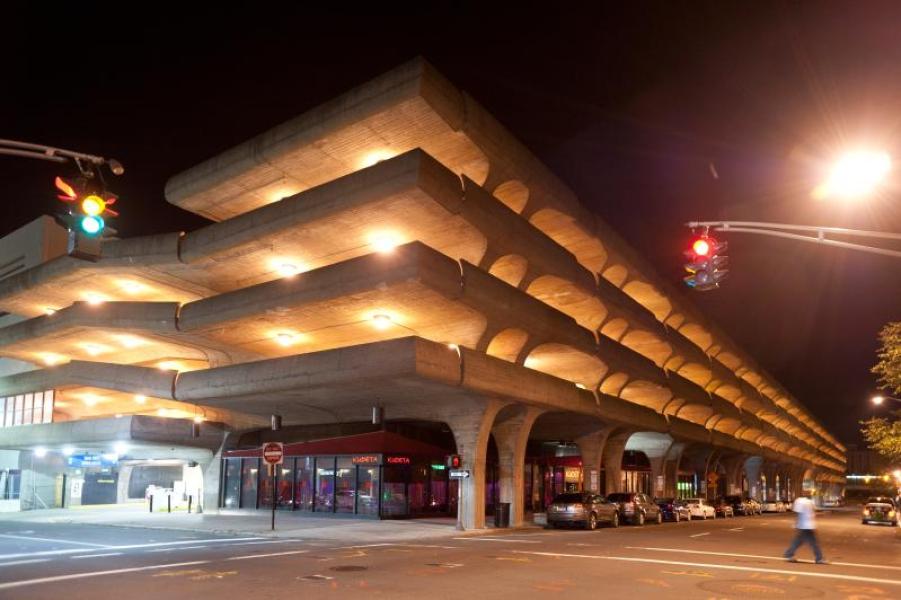
Starting in 1954, New Haven was completely transformed in order to create what called a “model city” The parking garage was part of that program. Its sculptural character was intended to convey a sense of modernity and mobility. Moreover, the buildi…
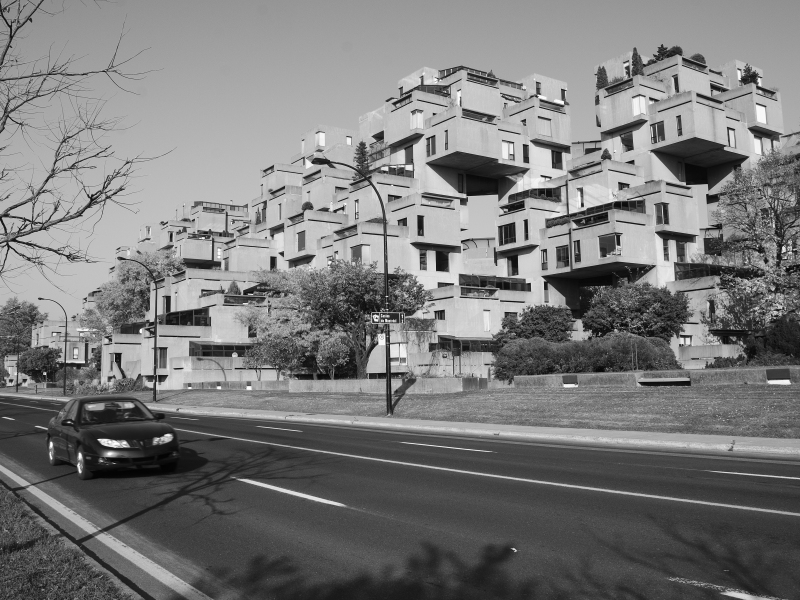
On the occasion of Expo 67 in Montreal Safdie designed this landscape-like residential estate, consisting of 354 elements, as an exemplary project for new concepts of dwellings that drew on the insights of the Metabolists. Here, architecture is grasped …
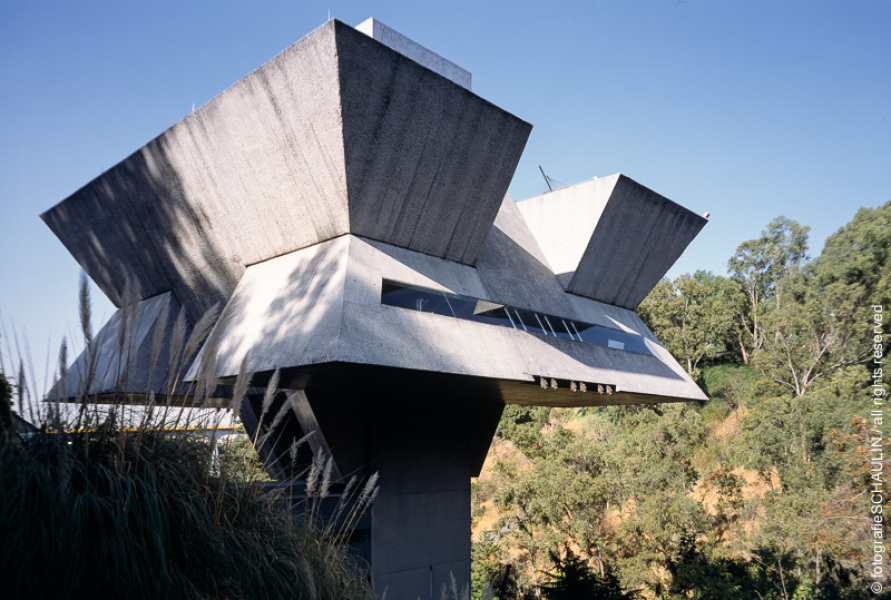
No description yet: Can you help?
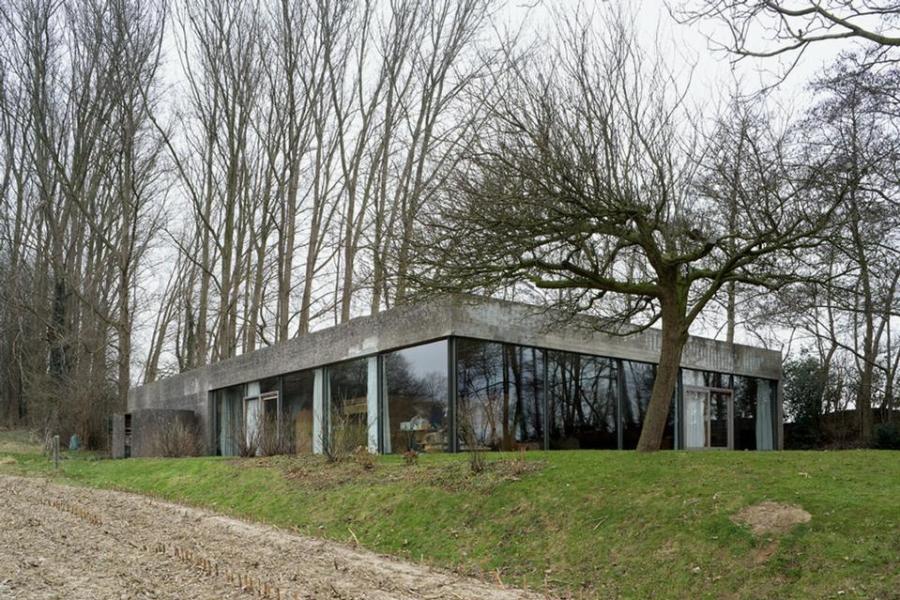
From the mid-1960s onwards the architect realized a series of dwellings, as well as a church, whereby the interior in each case is rendered completely in exposed concrete. In this early residence, there are no separate rooms. The kitchen, bedroom and ba…
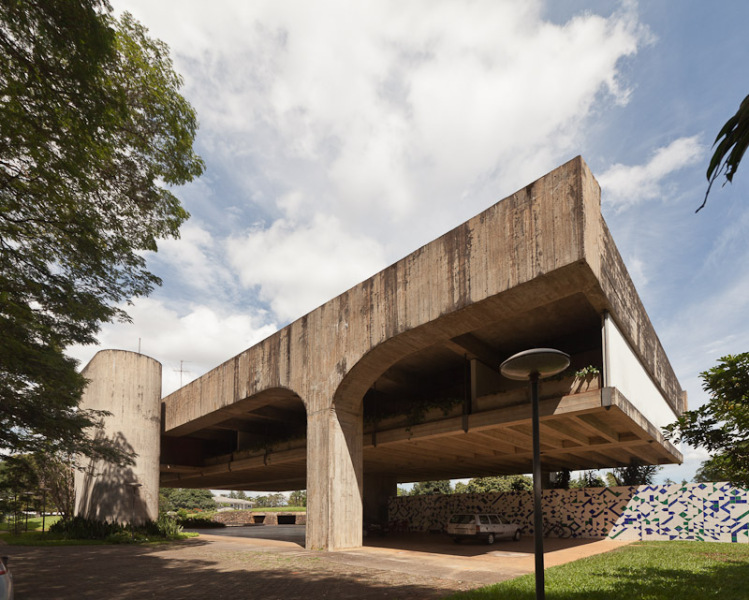
No description yet: Can you help?
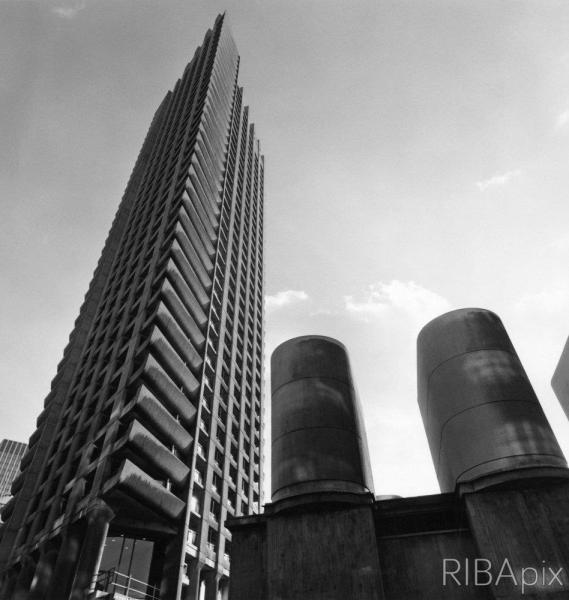
The Barbican is a veritable icon of Brutalism. Apparently the Queen didn’t have any problems with the Brutalist aesthetics of this giant complex, when she called it “one of the modern wonders of the world” during its inauguration. The Barbican is…
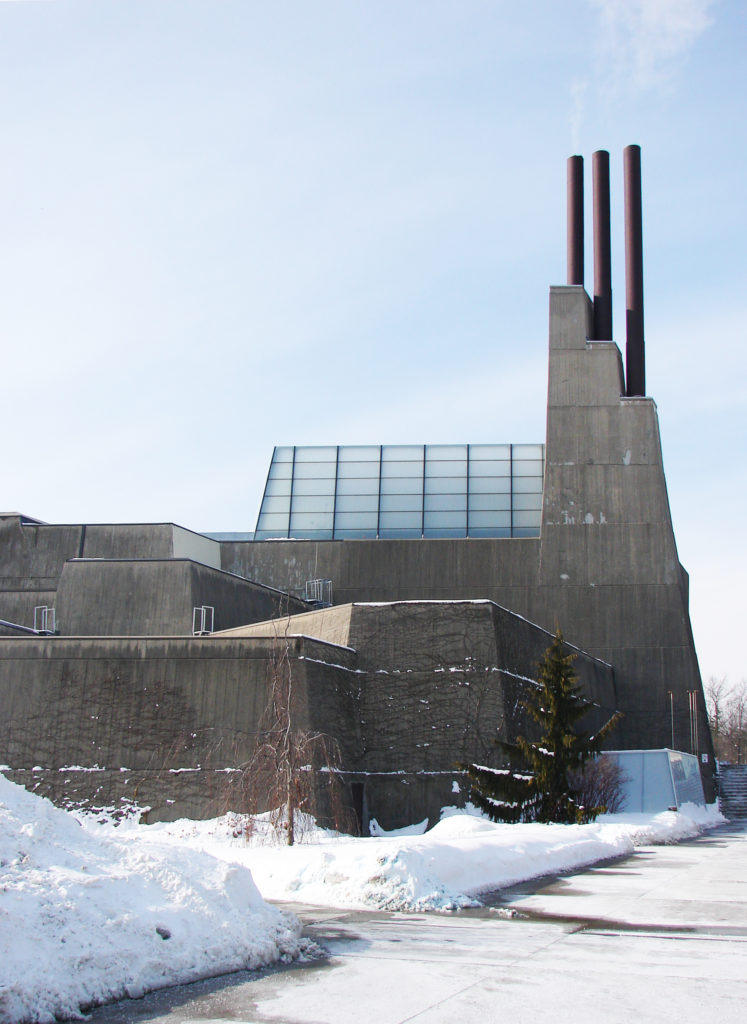
The Andrews Building forms the cornerstone for the then newly established first satellite campus of the University of Toronto. With all the main pathways on the inside, its façade design and its meandering footprint the building responds exceptionally …
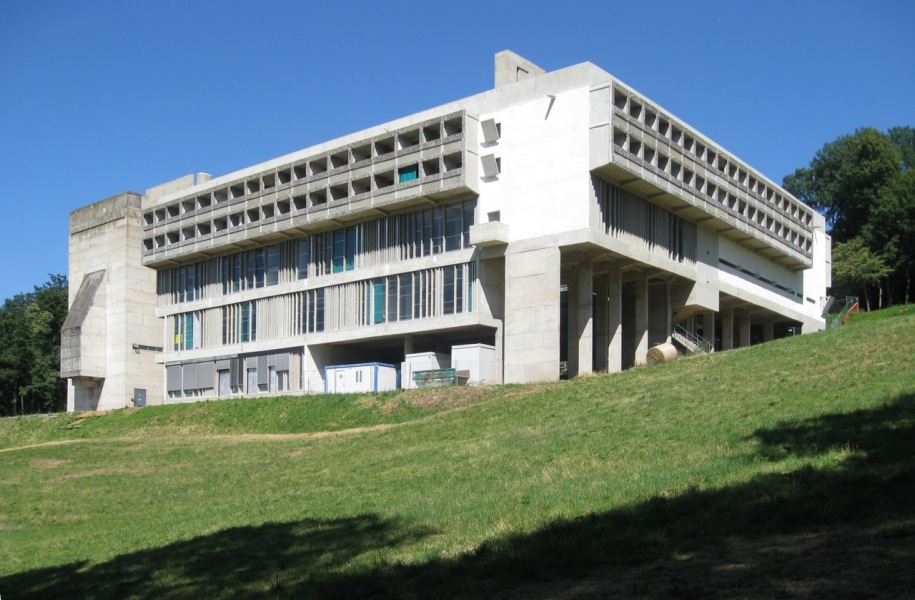
The ensemble was donation-financed and kept deliberately plain. Only a few elements are realized in a more elaborate form using cast-in-place concrete. Here, Le Corbusier, one of the role models of the brutalist architects of the 1950s, created a struct…







